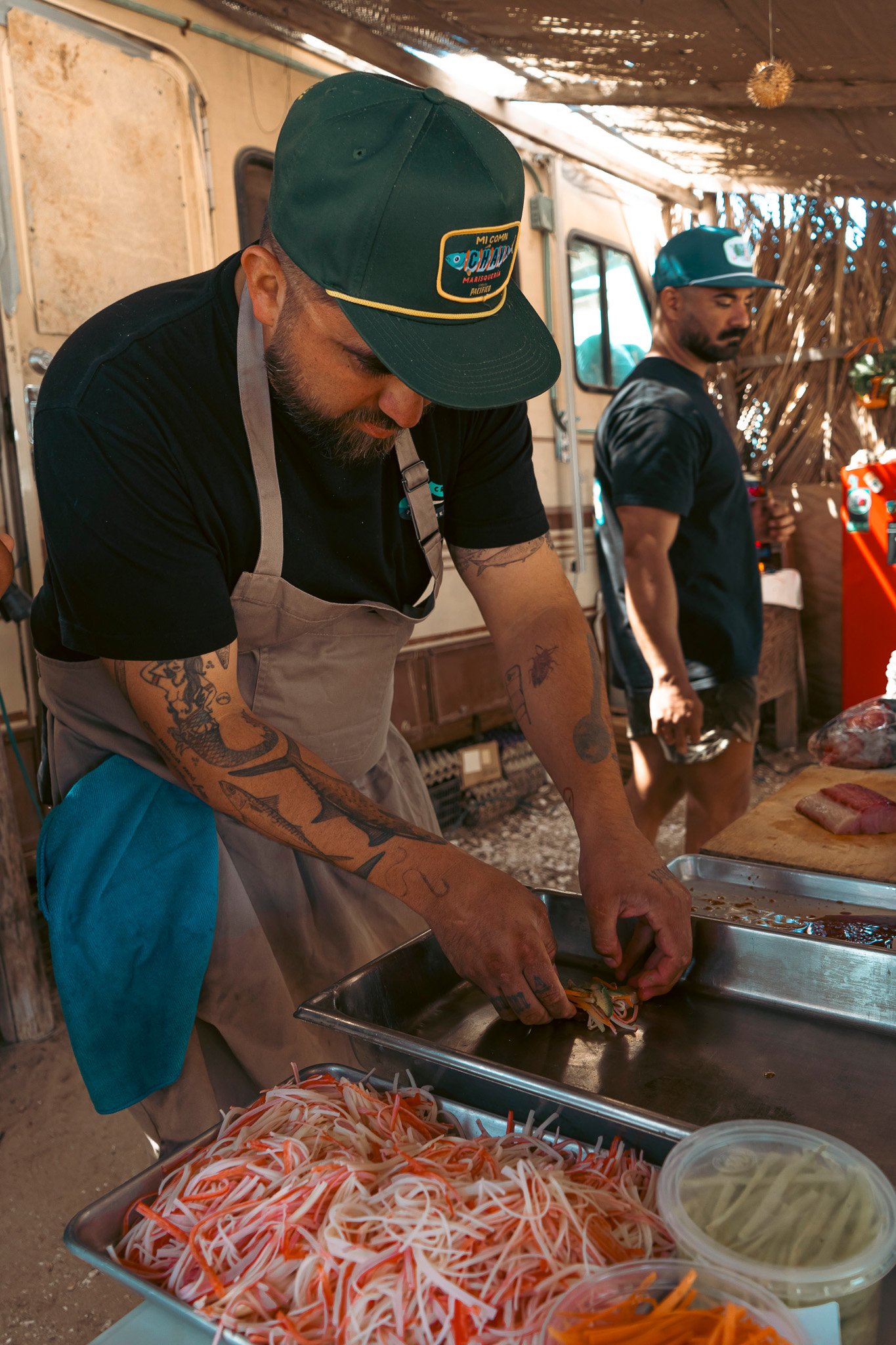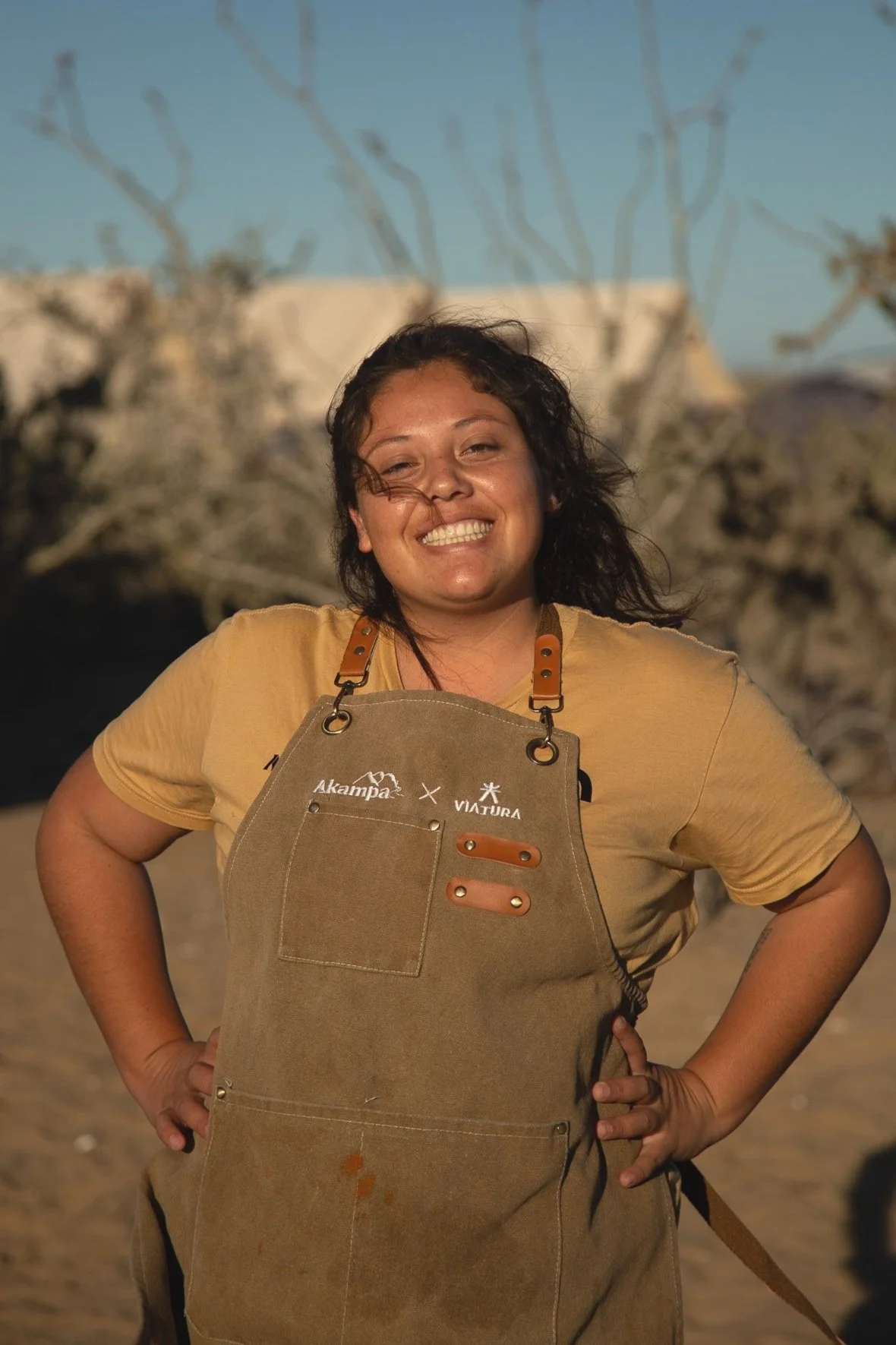Conservation Tourism in Mexico: Experience Nature, Transform Communities
At Akampa, every experience drives a purpose: connecting travelers with nature to regenerate ecosystems and strengthen local communities in Mexico. We are not a tourist agency: we are a conservation initiative that is sustained by tourism. Here, you'll discover how your trip transforms into real action to protect environmental and cultural heritage.
1. What is conservation and regenerative tourism?
Conservation tourism seeks more than enjoyment: the visiting community becomes an active part of caring for the environment. This approach is based on projects such as those carried out in the state of Yucatan or in coastal communities in Baja California Sur, where tourism generates employment and promotes regenerative practices.
Regenerative tourism, in turn, goes further: it seeks to leave the place better than it was found. It is based on principles of ecological restoration, community investment and economic circularity.
2. Why Mexico is an ideal destination for this model
Richness of protected ecosystems: from the Sonoran Desert to Magdalena Bay, Mexico offers emblematic landscapes that have adopted tourism as a conservation tool.
Successful community-based models: In Baja California Sur, the transition from hunting to sea turtle conservation demonstrates that tourism can replace extractive systems with sustainable models.
Certifications and best practices: regions such as Baja California have achieved the Blue Flag distinction, demonstrating that clean and environmentally managed beaches attract quality tourism (El País, 2024).
3. Direct impact of your travels with Akampa
Conservation of the environment: you support the financing of projects to protect flora, fauna and critical ecosystems.
Community empowerment: income directly benefits local families, promoting initiatives such as turtle monitoring or nature guiding.
Education and awareness: you enrich your experience by learning about the ecological, cultural and historical value of the place.
Regenerative model: we implement practices that restore the environment, generating an enriching cycle of mutual benefit.


